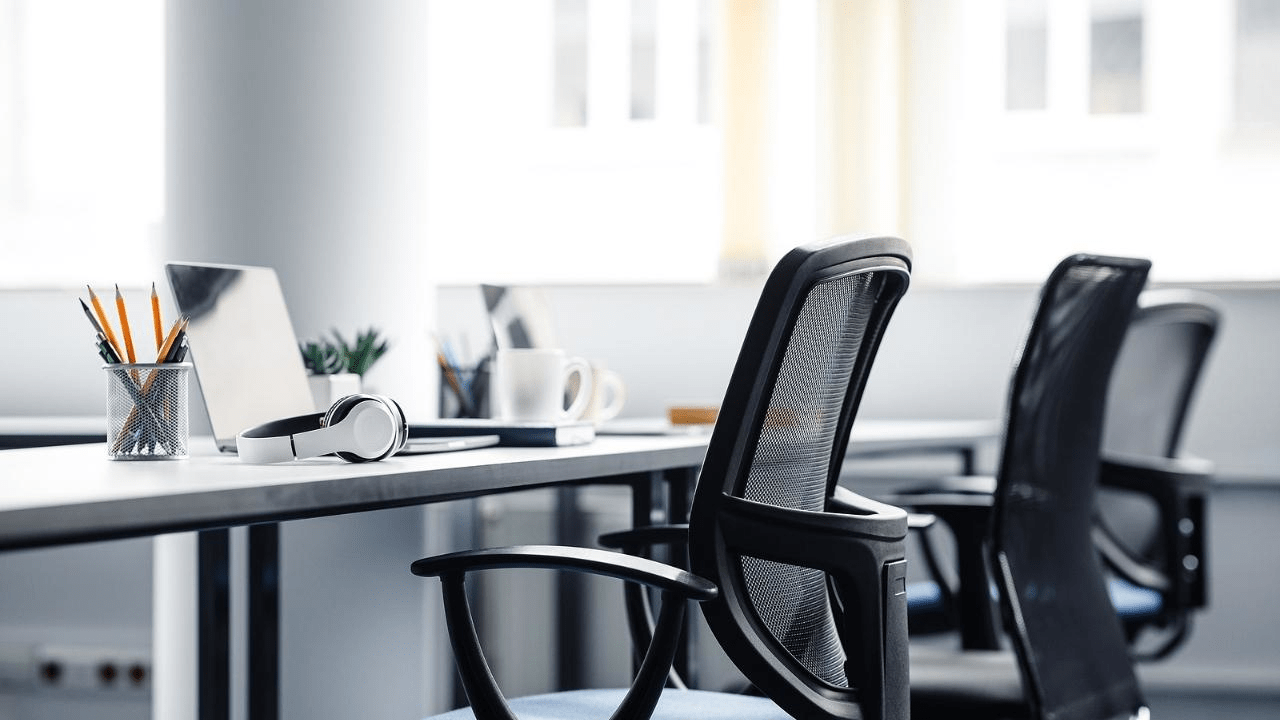Workers all over the world are proving that working from home works, and that it is possible to stay connected and remain productive, even amid the devastation of a pandemic.
However, physical workspaces exist for a reason. Top of the list, it’s a place for human-to-human collaboration and social interaction that we can’t get at home.
While flexibility and remote work will likely become part of our new normal, the future of work will feature a hybrid workplace that acts as a “central nervous system” to connect distributed employees with their companies.
Employees will have greater control over where and how they work, which may include the choice to work at least two or three days in the office and the rest at home, or in an alternate location.
Offices will have to create an environment that people want to work in; this will include wellness attributes to promote physical health and mental wellbeing. Above all, they will do what many influential spaces are already doing: serving as important hubs for the human elements and experiences that technology can’t provide—relationships, teamwork, chemistry and culture.


 Dr. Gleb Tsipursky – The Office Whisperer
Dr. Gleb Tsipursky – The Office Whisperer Nirit Cohen – WorkFutures
Nirit Cohen – WorkFutures Angela Howard – Culture Expert
Angela Howard – Culture Expert Drew Jones – Design & Innovation
Drew Jones – Design & Innovation Jonathan Price – CRE & Flex Expert
Jonathan Price – CRE & Flex Expert











